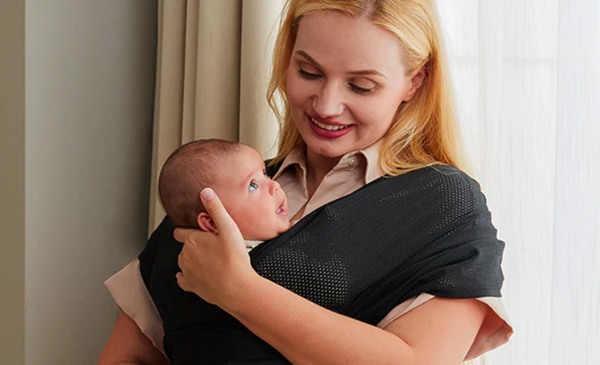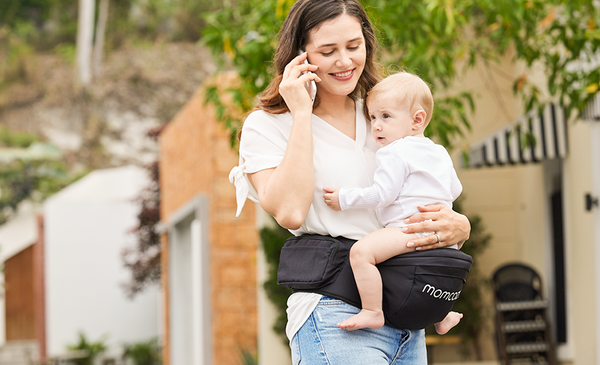As a nursing mother, finding time in your busy schedule to pump can be a challenge. You know pumping is important for building your milk supply and having breastmilk on hand to feed your bundle of joy. But when exactly is the best time to pump for maximum results? Read on as we break down the best times to pump for pumping success.
First Thing in the Morning
Pumping first thing in the morning, even before you get out of bed, is often recommended by lactation experts. Why is that wee morning hour so prime for pumping? A few key reasons:
- Hormone levels peak overnight, increasing milk production. Pumping in the morning takes advantage of this natural overnight boost.
- Morning is when your breasts feel fullest after going longer stretches without feeding the baby overnight.
- Starting your day with a pump session helps set the tone for continued milk production throughout the day.
You may want to know about: Should I Switch to Wearable Electric Breast Pump?
Bust out your pump and collection bottles immediately when you wake up in the morning. You may be surprised by how much you can express first thing, often yielding several ounces to kickstart your supply for the day.
After Nursing Your Baby
Another optimal time to pump is immediately after your baby finishes nursing. Breastfeeding your little one first, then pumping right after lets you fully drain your breasts.
When your baby unlatches, they've gotten all the easy-to-access milk. But some milk remains further back in the breast ducts. Pumping afterward ensures you draw out any remaining milk so your breasts empty completely. This sends signals to your body to keep producing plenty of milk.
So whenever you finish a nursing session, go ahead and pump for 5-10 minutes per breast. Doing so mimics cluster feeding patterns, working to increase your long-term supply.
You may are interested in: Unlocking the Power of Breast Milk
Every 2-3 Hours
To maintain ample milk production, lactation consultants often advise pumping every 2-3 hours when you're away from your baby. This mimics the frequent feeding pattern of a newborn, keeping your breasts draining regularly.
I know, setting an alarm to pump every couple of hours around the clock seems daunting. But remember, this mimicking of your baby's natural feeding schedule trains your body to make the milk supply your little one needs.
If needing to pump on a schedule overnight has you dreading those wee hours, try going a bit longer at night, say every 3-4 hours. Just be consistent with your timing. Consistency is key for ensuring your breasts know when to expect to empty.
Before Heading to Bed
Think of your bedtime pump session as completing the bookends to your morning pump. Pumping right before you go to sleep for the night "tells" your breasts to keep making milk while you slumber.
Adding a pump session as part of your bedtime routine ensures your breasts drain fully again before going a longer stretch overnight without feeding or pumping. This overnight milk production while you sleep leads to fuller breasts in the morning when it's time to pump again.
During Growth Spurts
Has your baby gone through periods of increased feeding? These growth spurts occur during developmental milestones when babies need more breastmilk.
When your infant cluster feeds to take in additional milk, be sure to also pump more frequently yourself. Touch base with a lactation consultant to develop a tailored pumping plan that helps you keep pace with your baby's needs during growth spurts.
After Breast Massage or Compression
If you use breast massage or compression while pumping or nursing, the increased blood flow can amplify milk let-down. Take advantage of this boosted milk ejection reflex by pumping immediately after.
Gently massaging your breasts before and during pumping results in more milk than pumping alone. Similarly, breast compression while nursing ensures stronger milk removal. So pump shortly after these techniques for a higher yield.
More related message: What is a Heated Breast Massager? 5 Ways to Use It
Whenever Milk Leaks or Drips
This one may seem obvious, but it's worth noting - whenever your breasts start to spontaneously leak or drip, it's a clear signal they are full of milk. This means it's go time to pump!
Unexpected milk leaks tell you your milk supply is plentiful. When your body gives you these cues, head to your pump to take advantage of the ample milk ready to be expressed. Even if it's not your usual scheduled pumping time, spur-of-the-moment sessions add up over time.
Finding your individual best times to pump takes some strategic planning and paying attention to your body's cues. But optimizing when you pump can make all the difference in reaching your breastfeeding and pumping goals. Listen to your breasts, stick to consistent times, and pump whenever you can for breastfeeding success.
May happening questions: SHE SAYS: I Thought I Was Alone with the Embarrassment of Milk Leaking















